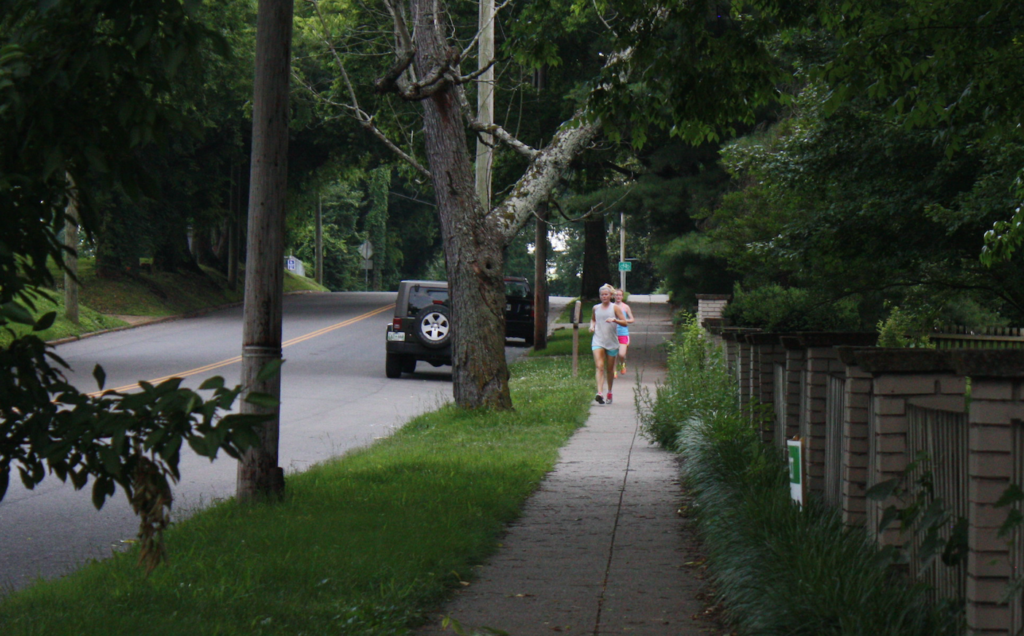
Nashville is requesting public feedback on its new WalknBike plan, which prioritizes how sidewalks and bike lanes are built across the city.
City residents and officials understand the need for expanded pedestrian infrastructure, but the buildout process can be complicated, according to Jeff Hammond, assistant director of the Nashville Department of Transportation and Multimodal Infrastructure.
“We’re not building as much sidewalk as people would probably like to see,” Hammond said, considering that about 19% of the streets in Nashville’s 528 square miles currently have sidewalks — and progress is slow. “We’ve got a backlog of about 50 projects that we are working on.”
Land acquisition and utilities remain big challenges. The city is dealing with several hundred property owners with only 1.5 miles of sidewalk currently under construction, and there are more utility players entering the picture, such as communication companies expanding fiber internet.
“The right of way is getting to be a crowded place,” Hammond said.
This process is further complicated by the climate puzzle.
Concrete and climate change
To start, concrete is bad for the climate. The process to create concrete releases considerable greenhouse gas emissions: In Tennessee, Signal Mountain Cement Company was the 10th largest facility source of carbon pollution in 2019.
More: Tennessee’s 10 Biggest Climate Polluters
Concrete also plays a role in urban heat and flooding. Conventional paving materials can reach about 150 degrees, and concrete blocks the absorption of stormwater.
On the other hand, greater access to sidewalks can lower childhood obesity. Connected sidewalk networks in low-income neighborhoods can reduce the burden of not having a car, or help individuals living in food deserts.
The new plan should examine these factors, according to Lindsey Ganson, of Walk Bike Nashville.
“It has to look at the intersections of climate adaption and mitigation, equity, pedestrian safety, access to food, access to healthy living and lifestyles and public transit,” Ganson said — while also emphasizing safety.
‘We feel like we’re building communities’
There are ways to make sidewalks more climate-friendly and resilient. Los Angeles is covering its concrete with a titanium dioxide-infused coating to reduce extreme heat, and Boston is raising sidewalks and roadways in anticipation of future flooding.
Light-colored pavement can reflect sunlight back toward the atmosphere, and permeable pavements built with mini gardens can allow stormwater to soak into the soil — which can lower the temperature of runoff to reduce thermal shock to aquatic life in the waterways into which stormwater drains, according to the Environmental Protection Agency.
Trees along sidewalks can also reduce heat and flooding risks, and that’s something Nashville intends on prioritizing, according to Hammond. On Dodson Chapel Road, for example, the city is pouring concrete around trees, instead of cutting them down.
This new plan will reconsider priorities and methods, but the real focus should be fast implementation, Hammond said.
“We know that when we build sidewalks, we’re doing more than just putting down concrete. We feel like we’re building communities,” Hammond said.
The city will collect public comments on the WalknBike plan through Nov. 5. The new plan should be published in January.

